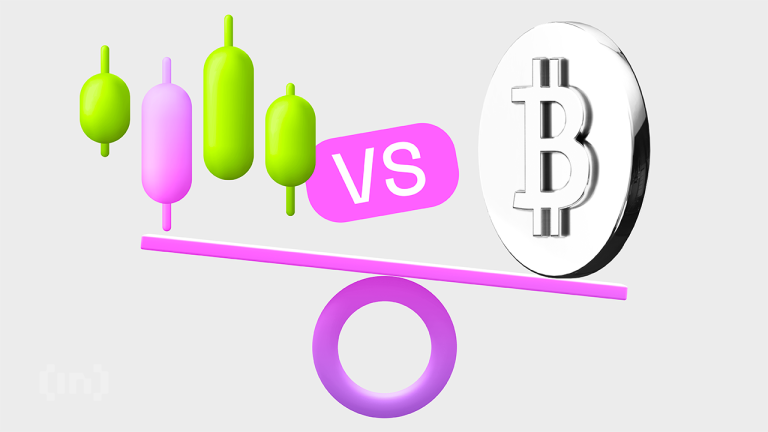
“
The Infinite Universe of Imagination: Beyond Celestial Boundaries
Introduction to the Infinite Universe
The Infinite Universe of Imagination is a concept that has fascinated humans for centuries. It refers to the idea that our universe is just one of many, and that there are an infinite number of universes beyond our own, each with its own unique laws of physics and properties. This concept has sparked the imagination of scientists, philosophers, and science fiction writers, leading to a plethora of theories, hypotheses, and stories about the nature of the universe and our place within it. For a deeper dive into this idea, check out Beyond the Milky Way: Imagining New Worlds and Possibilities.
Understanding the Celestial Boundaries
Our universe is bounded by the celestial boundaries, which include the observable universe, the Hubble volume, and the cosmic horizon. The observable universe is the part of the universe that we can see, and it is estimated to have a diameter of around 93 billion light-years. The Hubble volume is the volume of space that we can see, and it is estimated to contain over 200 billion galaxies. The cosmic horizon is the distance beyond which light has not had time to reach us, and it marks the boundary beyond which we cannot see. This fascinating topic is further explored in Charting New Realms: The Journey of Imagination Beyond the Stars.
Exploring the Infinite Universe
Despite the limitations imposed by the celestial boundaries, scientists and theorists have developed various ways to explore the infinite universe. One approach is through the use of cosmological models, which describe the evolution and structure of the universe. These models can be used to simulate the formation of galaxies, stars, and planets, and to predict the properties of the universe on large scales. Another approach is through the use of astronomical observations, which can provide clues about the nature of the universe beyond our own. For example, the observation of distant galaxies and supernovae can provide insights into the expansion history of the universe and the properties of dark energy. To learn more about the impact of imagination on our understanding of the cosmos, visit Soaring Through the Cosmos: The Power of Imagination Beyond the Stars.
Takeaways
- The infinite universe of imagination is a concept that refers to the idea that our universe is just one of many, and that there are an infinite number of universes beyond our own.
- The celestial boundaries, including the observable universe, the Hubble volume, and the cosmic horizon, mark the limits of our knowledge and understanding of the universe.
- Scientists and theorists have developed various ways to explore the infinite universe, including the use of cosmological models and astronomical observations.






